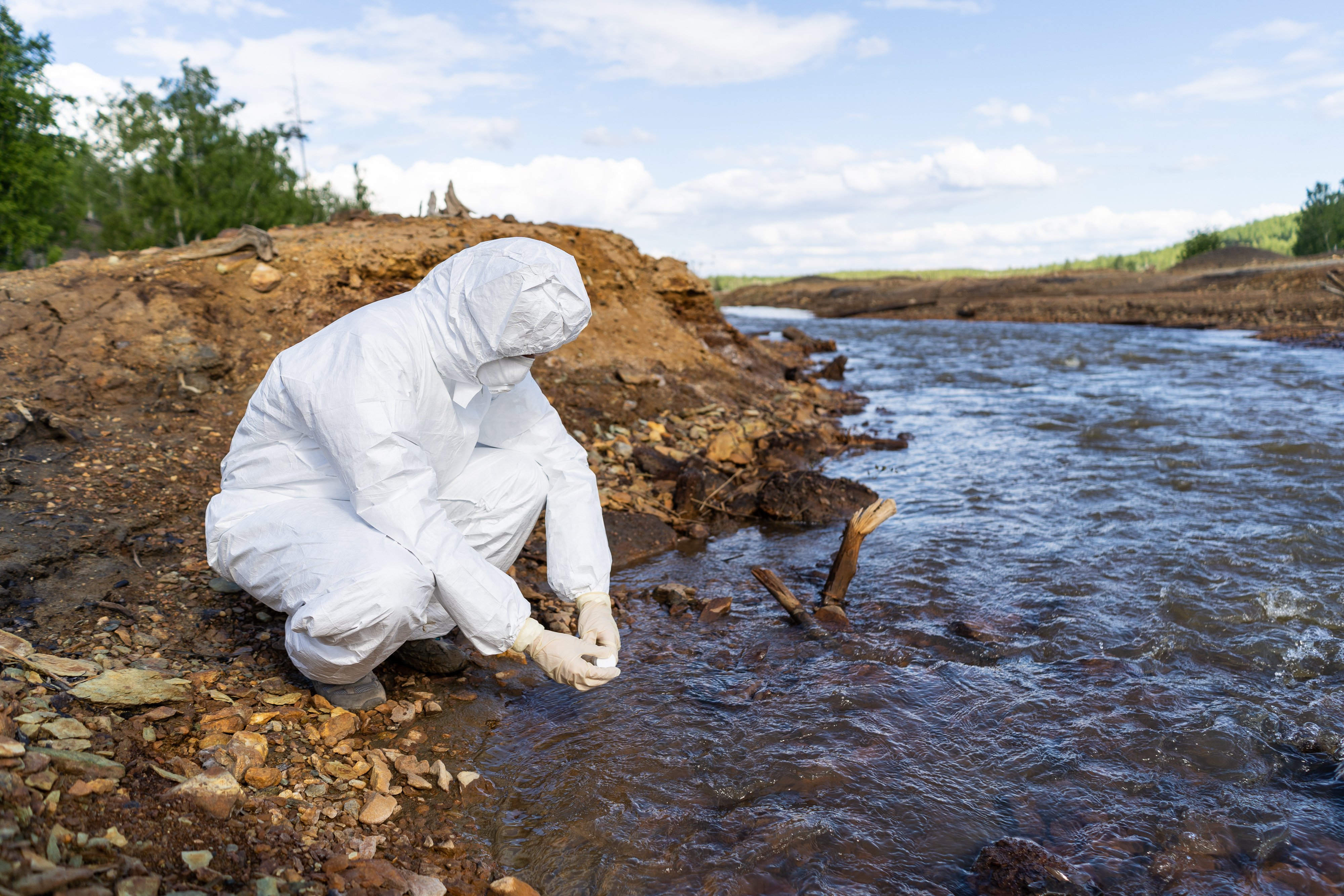
Negotiating and Coordinating Hazmat Recoveries
What are Hazmat Materials?
Hazardous materials (hazmats) are constituents (such as flammable or poisonous material) that would be a danger to life or the environment if released without precautions (Merriam-Webster). The EPA (Environmental Protection Agency) has strict guidelines due to the dangerous nature of hazardous materials (Laws & Regulations for Hazardous Materials).
Classification of hazardous materials.
National Fire Protection Agency Hazardous Material Code (NFPA 400) defines a hazardous material as:
A chemical or substance that is classified as a physical hazard material or a health hazard material, whether the chemical or substance is in usable or waste condition. (NFPA.org)
A physical hazard material per NFPA 400 is a substance that is classified as any one of the following:
- Explosive
- Flammable cryogen
- Flammable gas
- Flammable solid
- Ignitable (flammable or combustible) liquid
- Organic peroxide
- Oxidizer
- Oxidizing cryogen
- Pyrophoric
- Unstable (reactive)
- Water-reactive material
A health hazard material per NFPA 400 is a chemical or substance that is classified as any one of the following:
- Toxic
- Highly toxic
- Corrosive material
What are Hazmat Recoveries?
Hazmat recovery or clean-up is performed when liquids such as fuel, oil, and transmission fluid leave the vehicle and make contact with the ground. The ground is classified as a roadway or grass and it must be cleaned up as soon as possible. Oftentimes, site remediation will take place by safely removing hazardous materials or encapsulating it in such a way that it no longer poses a threat.

Are there Guidelines that Surround Hazmat Recoveries?
The EPA or the state’s hazardous waste regulatory agency enforces hazardous waste laws. The EPA encourages states to assume primary responsibility for implementing a hazardous waste program. There are three types of remediation, soil, groundwater, and sediment remediation. In order for remediation to be successful, the source of contamination has to be identified.
Soil remediation is a three-step technique and process that treats soil contaminants such as heavy metals, petroleum hydrocarbons, pesticides, and radioactive materials. The first step to soil remediation involves a preliminary site assessment. The second phase goes deeper with a comprehensive site assessment, followed by the final step of implementation of remedial measures.
Groundwater remediation consists of using pumping systems, interceptor systems, in situ treatments (method of breaking down and purifying hazardous substances present in soil and groundwater), biodegradation, and groundwater barrier systems.
Sediment remediation is the process of using physical, chemical, and biological technologies to reduce contaminants or convert them into a less harmful state. These processes used are made up of two categories, in situ technologies and ex-situ technologies. For in situ technologies, physical and chemical treatments are found effective. The ex-situ technologies used include biological, physical and chemical, and thermal treatments.
Are There Costs Associated with Hazmat Recoveries?
Hazmat recovery can be pricey and many factors can determine the cost. A few of those factors include which contaminants were involved in the spill, the size of the spill, and where the spill took place. Typically, water spills tend to be the most expensive due to having to chase the contaminants in the water and the length of time required to clean it up. Many insured parties carry a pollutant policy if they are carrying cargo and hazmat is paid under liability.
What is the First Thing to Do if an Accident Has Occurred with Hazmat Materials?
If you have been involved in an incident where a spill has happened, the first thing to do is to notify a hazmat company as soon as possible. Once a recovery company has been notified, remain onsite until the spill is contained. Typically, the recovery company will ask you to sign a contract. Before signing the hazmat recovery contract, review it in its entirety. The contract is a legal and binding agreement and once it is signed, it is difficult to contend with any charges you may not agree with.
Hazardous waste spills may not always be avoidable, however, being prepared and acting quickly can help to mitigate those challenges later on down the line.
Veritas Administrators has a dedicated and experienced team ready to assist. To learn more about our ability to partner with you on your towing and storage claims, see our “Learn More” button, or feel free to request a phone call.
